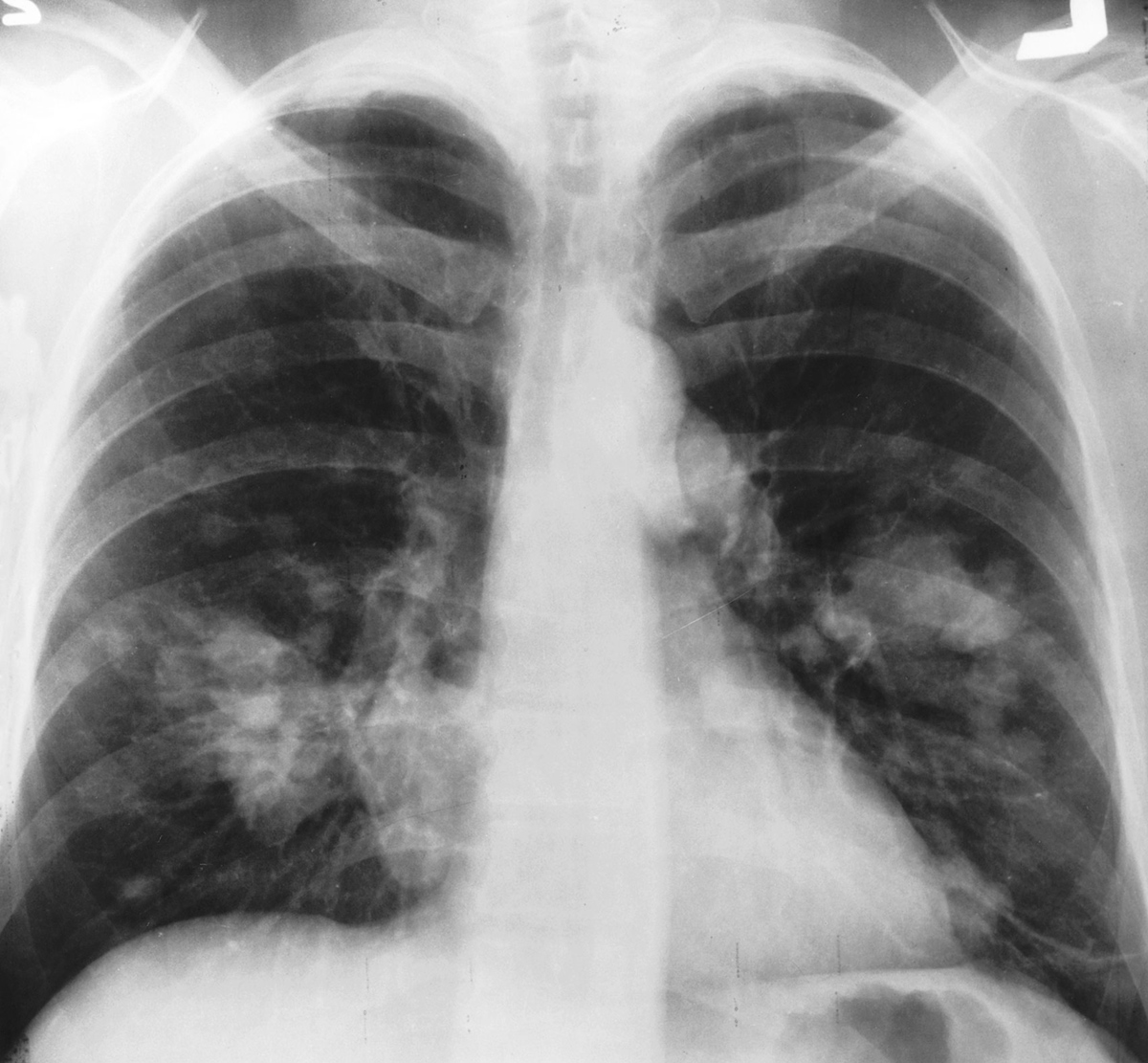
Abnormal growth of cell in the lungs causes lung cancer. This disease is grouped into the two types: small cell and non-small cell lung cancer.
Cancer Staging Staging of a cancer describes to which extent the disease has spread. It also takes into account the size of a tumor and whether it has metastasized to the lymph nodes and other parts of the body. The staging helps the doctor to determine adequate treatment and predict the prognosis of a patient. Generally, cancer is classified into four stages. Stage I cancer is small localized cancer that is often curable while stage IV cancer is considered the last stage or metastatic cancer. TNM system, which stands for Tumor, Nodes and Metastasis, is a staging system that describes the size of a tumor, amount of regional lymph node involvement and whether the cancer has metastasized. However, staging system for small cell lung cancer is different.
Stages of Small Cell Lung Cancer
Small cell lung cancer is classified only into two stages. That is because this cancer grows rapidly and spreads quickly from the lungs to other parts of the body. It may not be noticed on the CT scan but in small cell lung cancer the cancer cells in most cases have detached from the lungs and spread to the lymph nodes and organs like the brain, liver and bones via blood stream. That is why small cell lung cancer is commonly treated as if the cancer has already spread to the rest of the body. Small cell lung cancer is divided into limited small cell lung cancer and extensive small cell lung cancer.
Limited Small Cell Lung CancerWhen the cancer is localized to one lung or lymph nodes that are on the same side of the chest it is considered limited small cell lung cancer. This stage is associated with following symptoms: weakness, hoarseness, shortness of breath, loss of appetite and weight loss. The cough is persistent with excessive sputum that may be with or without blood. Other symptoms include swelling of the face and hands and recurrent lung infections of pneumonia and bronchitis. Limited small cell lung cancer is generally treated with chemotherapy in combination with radiation therapy.
Extended Small Cell Lung CancerWhen the cancer has spread to the both lungs, on the opposite side of the chest or metastasized to other parts of the body it is termed as extended small lung cancer. This stage also means that the cancer extended to the fluids around the lungs. Extended small cell lung cancer has similar signs and symptoms to limited small cell lung cancer. However, metastasized small cell lung cancer also causes symptoms such as severe headache, blurring of vision, chest pain, neck pain, pain in the abdomen, weakness in the limbs, difficulty swallowing, nausea, vomiting and weight loss. Extended small cell lung cancer is treated as limited small cell lung cancer, with combination of chemotherapy and radiotherapy.

















Your thoughts on this
Loading...